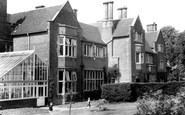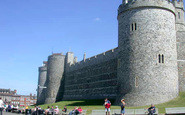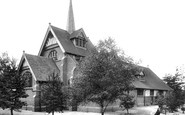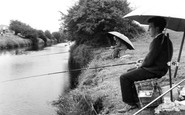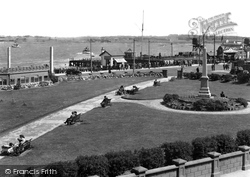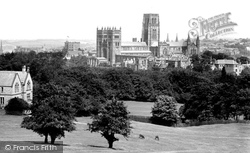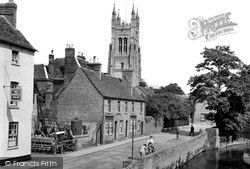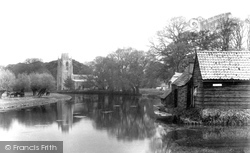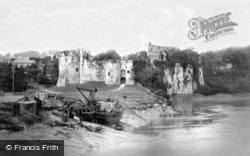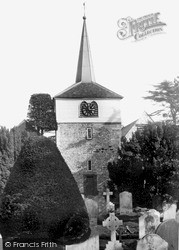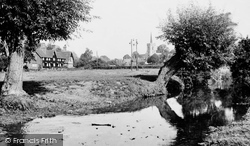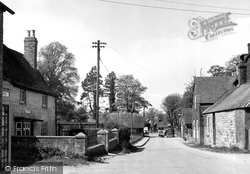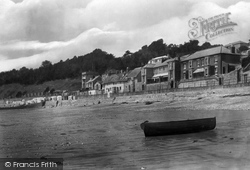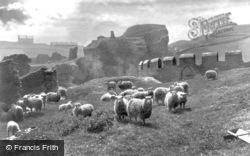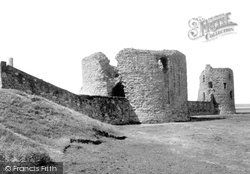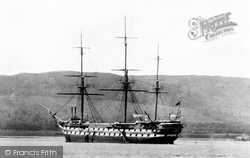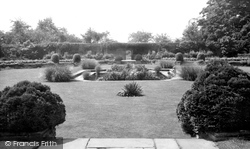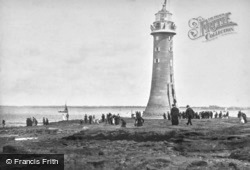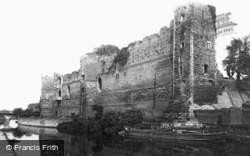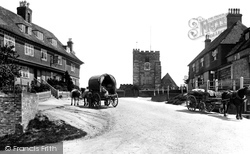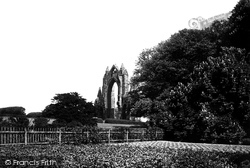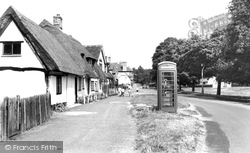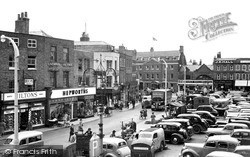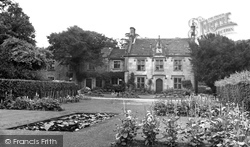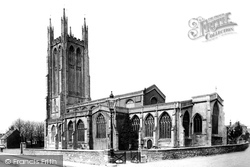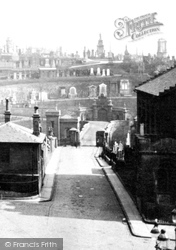Places
25 places found.
Those places high-lighted have photos. All locations may have maps, books and memories.
- East Wall, Republic of Ireland
- Pell Wall, Shropshire
- Wall, Northumberland
- Heddon-on-the-Wall, Northumberland
- Walls, Shetland Islands
- Wall, Cornwall
- Wall, Staffordshire
- East Wall, Shropshire
- Wall End, Kent
- Hobbs Wall, Avon
- Wall Bank, Shropshire
- Wall Nook, Durham
- Knowl Wall, Staffordshire
- Hazelton Walls, Fife
- Wall Mead, Avon
- Mid Walls, Shetland Islands
- Greetland Wall Nook, Yorkshire
- Aston le Walls, Northamptonshire
- Wall Heath, West Midlands
- Wall Hill, Greater Manchester
- Wall End, Cumbria (near Millom)
- Wall under Heywood, Shropshire
- Dale of Walls, Shetland Islands
- Bridge of Walls, Shetland Islands
- Hole-in-the Wall, Hereford & Worcester
Photos
516 photos found. Showing results 1,301 to 516.
Maps
172 maps found.
Books
Sorry, no books were found that related to your search.
Memories
1,989 memories found. Showing results 651 to 660.
Brendon
Around this time I lived on Falconer Crescent on New Parks, the last house before the farm, next to Barnados. It seems a recurring memory for all - the walled garden and orchard, I used to work there weekends. I swept the long drive of ...Read more
A memory of Glenfield in 1962 by
Dartford Heath
I lived with my family at 19, Blackmans Close, Dartford in the late 1940's. As kids we spent a lot of time at Dartford Heath. After the war I remember seeing nissan huts for German prisoners of war at the Heath. I recall seeing ...Read more
A memory of Dartford in 1948 by
Three Towers Of Castle 2004
Now that high defensive wall has been removed you can truly appreciate the fortification of this castle.
A memory of Windsor by
Summer In The Village
I remember summers in Wallasey Village being absolutely glorious as a kid. I used to live in Green Lane, and during the summer holidays,Ii and my friends worked on the market gardens, from early in the morning until mid ...Read more
A memory of Wallasey in 1975 by
East Ham
Born in East Ham in 1943. We are 4 sisters. Favourite place was Central Park after school each day. Playing rounders or on the swings with the Parkie blowing his whistle after 10 mins to get off for the next lot to get on. Sunday ...Read more
A memory of East Ham in 1950 by
Church Hill
In 1958 when I was 3 year old, we moved from a small flat on the London Road, near the bank where my father was branch manager (TSB), to Belton Road off Church Hill. I watched our new house being built on a sloping plot of land. My ...Read more
A memory of Camberley in 1958 by
Grand Stand Demo
Lived in Doncaster Gardens - No.43 in the flats then No.49 in the three storey houses which are still there, before they filled the green in where we played football, with houses. Used to help run the Oriel Youth Club from its ...Read more
A memory of Northolt in 1960 by
Battersea
I was born in 1930 in Chelsea but moved to Haines Street, Battersea (demolished to make way for New Covent Garden in the 1960's) in 1933. Moved to No.3 Sleaford Street Battersea in 1935 and went to Sleaford Street School until 1939 (Mr ...Read more
A memory of Battersea in 1930 by
Beckbury Cottage (Formerly Butchers Farm)
Does anyone have any old photographs or memories of Beckbury Cottage (formerly Butchers Farm?) We know the cottage/outbuildings used to be a butchers shop/slaughter house and the old hooks for hanging the ...Read more
A memory of Beckbury
Evacuee In Bason Bridge
My mother and I lived in a cottage opposite the pub, Rose Cottage, which is not there now - I believe the site is now someone's garage. I was born in 1940 and am not sure what age I was in Bason Bridge but I do ...Read more
A memory of Bason Bridge in 1940 by
Captions
1,668 captions found. Showing results 1,561 to 1,584.
Townspeople loved the green area, calling it 'God's acre', and showing little interest in the 'Keep off the Grass' signs.
Initially there had been an attempt to build the Lady Chapel at the eastern end, but the foundations were insecure and the walls began to crack.
Opposite the Bushel & Strike, the gap in the wall originally opened onto a set of steps leading down to the landing stage on the Hen Brook.
Inside the door to the south porch stands a fine early medieval octagonal font, whilst opposite this, against the north wall, a superb organ by Bryceson Bros of Highbury provided accompaniment
In this picture we can see the remains of the two-storey rectangular fortified hall built by Fitz Osbern on the narrowest part of the ridge. It is not a keep, as its walls are only 3-6ft thick.
The bell tower and part of the chancel wall are from this period.
St Mary's was the site of the premature funeral of Matthew Wall. When he 'died' in 1574, one of the bearers slipped on the wet leaves, dropped his coffin and broke the lid.
The walls have gone, and cobbles found in the rear garden have been laid at the front. On the right is Manor Farm, now a residence and bed and breakfast.
Next is No 6 (centre right), with balustrades, cast-iron fittings, storm protectors and honeycomb-style wall cladding of hexagonal slates.
The cliffs and castle are sublime, with plunging chasms and precipices, and rough fragments of wall, bastion and gateway bound by china clay mortar.
The curtain wall was once a lot higher, but was reduced when the castle was slighted during the English Civil War.
'Empress' was not the only wooden wall in Scottish waters. The 46-gun frigate HMS 'Unicorn', laid down during the Napoleonic Wars, was still building when hostilities ceased.
Two walled gardens that once belonged to the house survive, including the Memorial Gardens, which were laid out in 1938.
Glasgow was never a walled town, but it had four gates at the points of the compass to control traffic.
Bales of cotton were then deliberately sunk into the foreshore, and a wall was built on them.
Slighting, however, was carried out to varying degrees: Nottingham Castle was all but destroyed, but at Newark the three-storey gatehouse, three towers and the curtain survived.
In 1747, the Goudhurst Militia fought a fierce battle with the Hawkhurst gang of smugglers in the churchyard, while the villagers sought sanctuary within the building's sandstone walls.
The clump of trees to the right of the picture are the Monks' Walk, and above the paling fence is the wall of the Long Terrace.
It is said that an iron pot full of silver coins found at the foot of a wall in 1842 was part of a cache hidden by Samuel Pepys during the Great Plague.
The Fifty Shilling Tailor, facing us, has reverted to John Collier, J E Hall next door have removed the large sign from their building, and some of the street furniture has changed, but overall the scene
In spite of its imposing facade, high walls and massive gates, Croftlands could well be missed by visitors hurrying to the Crook O' Lune beauty spot.
The two side chapels each have a medieval reredos, which were hidden behind plain walls from the time of the Reformation until they were re-dis- covered in 1848.
Glasgow was never a walled town, but it had four gates at the points of the compass to control traffic.
The early period of its history has left a great deal of physical evidence in the street pattern as well as some buildings, while documentary references further flesh out the picture.
Places (25)
Photos (516)
Memories (1989)
Books (0)
Maps (172)

